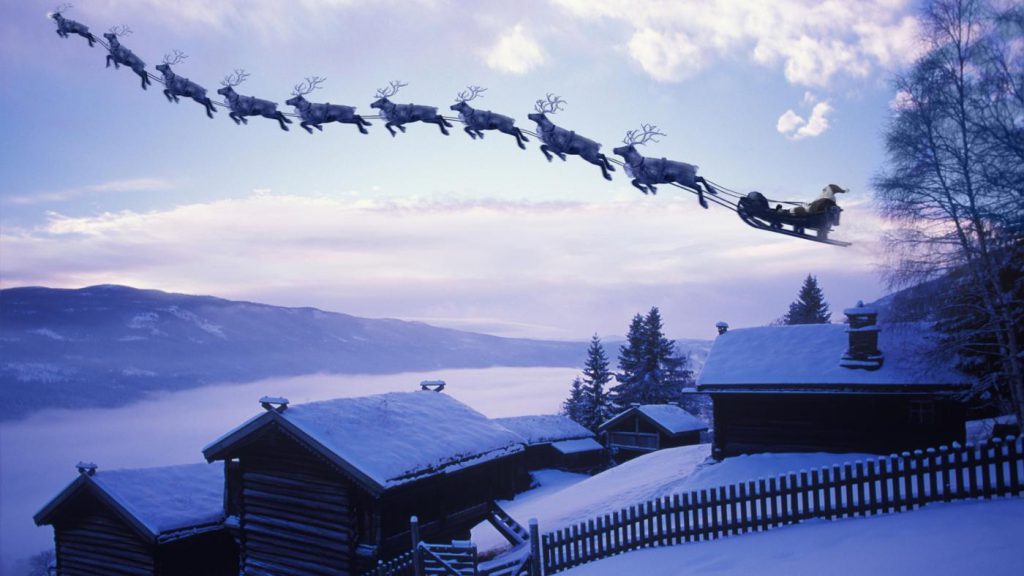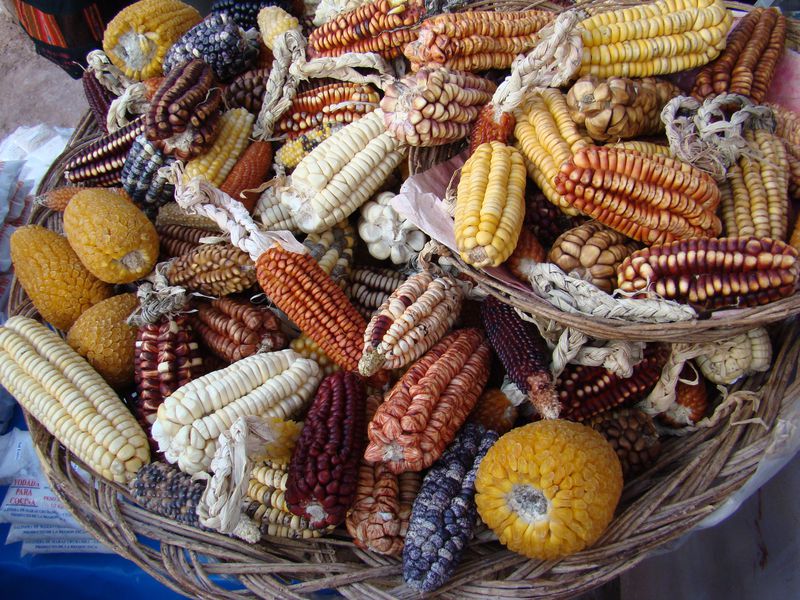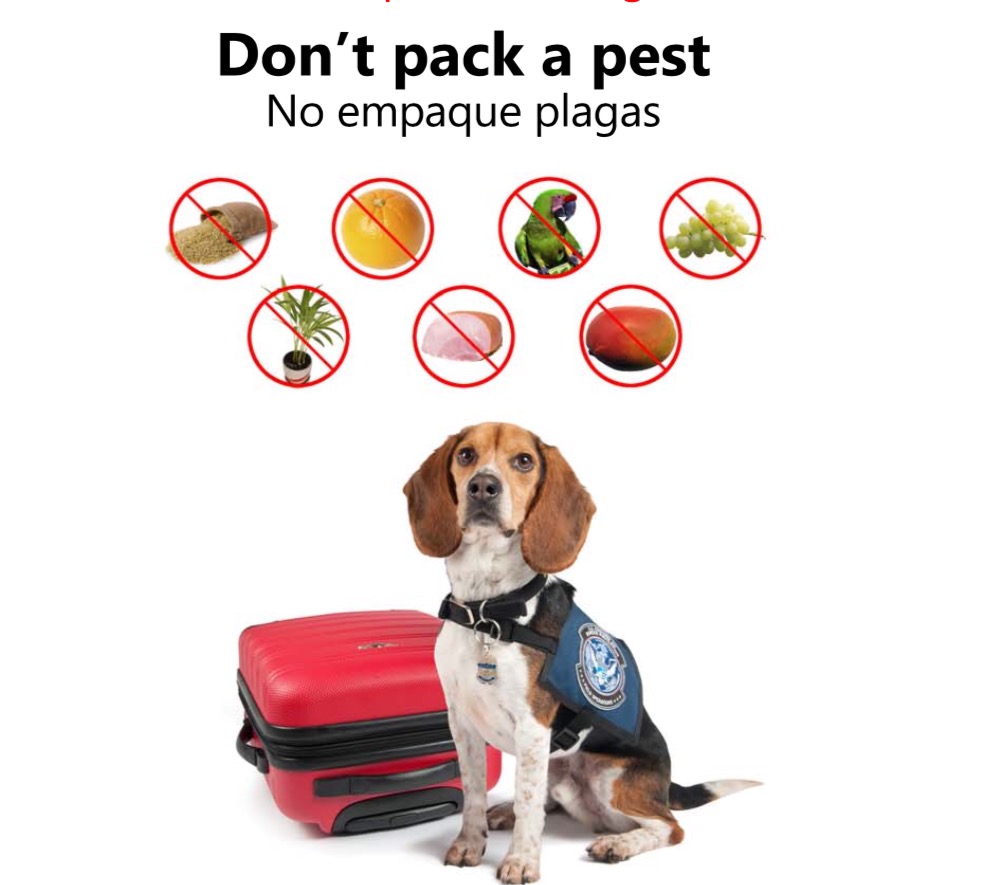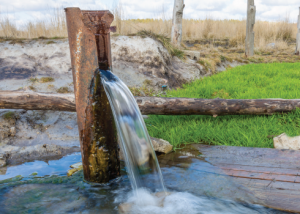
A field day for healthy soils last week in Meridian, CA
By Ruby Larson
Soil health and research on using cover crops were discussed by farmers, researchers and others at the University of California Cooperative Extension’s Soil Health and Cover Crop Field Day on Dec. 6.
Dozens gathered for a presentation on the Healthy Soils Project, which the local UCCE is participating in. The project focuses on managing soil health, changes in soil carbon and reducing greenhouse gases.
Several farmers attended the field day to learn more about cover cropping and improving soil health.
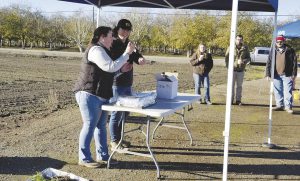
Amber Vinchesi (L) and Sarah Light of UC Cooperative Extension demonstrate how they would test for greenhouse gases.
Pete Deen, agronomist with Syngenta, an agriculture supply company, said he attended because he’s interested in expanding his knowledge and “seeing what people in the industry are doing to improve soil.”
Jack Welch, seed market representative with Simplot Grower Solutions, said the retailer has been making a push toward cover crop sales as the industry looks at sustainable growing solutions.
So, he said, he attended to try and stay up to date and learn more about cover crops and soil health.
Topics included in the presentation were managing winter cover crops in annual rotation, soil health demonstrations and managing soil carbon based on management practices.
Cover crops are planted to enrich and protect the soil.
Amber Vinchesi, vegetable crops adviser for UCCE Sutter-Yuba, began the presentation by giving background on the research project.
Vinchesi said part of the goal of the three-year project is to improve public and environmental health. During the course of the project, they will be sampling soil and measuring greenhouse gasses after events, such as rain and tillage.
The site in Meridian will be implementing winter cover crops and will have three treatments, one with low seeded rate, high seeded rate and a control with no cover crop, she said during the presentation.
Vinchesi and Sarah Light, agronomy adviser for UCCE Sutter-Yuba, gave a demonstration on how they would test for greenhouse gasses during the course of the project.
Light said cover crop benefits can include things like increasing organic matter in the fields, improving soil structure, reducing the risk of erosion or compaction and suppressing weeds.
Light said during the research, they are looking at three plant families – grasses, brassica and legumes.
Valerie Bullard, agronomist at the Natural Resources Conservation Service, Plant Materials Center, said her organization has been working on a number of trials with different species of cover crops.
They’ve looked at things like fixation, weed suppression, different management and warm season cover crops, Bullard said.
The right cover crop can depend on what the needs of the grower are, what time of year they have to grow something, what kind of plant they want to grow, height or pest concerns along with other factors, she said.
UCCE’s research is being done on a portion of Vincent Andreotti’s field near Meridian.
During the presentation, Andreotti talked about field management of the winter cover crops, including what’s grown there and how the crops would be planted.
He said they had planned to plant the cover crops earlier in the season, but the rain delayed them.
The statewide healthy soils project is supported by the California Department of Food and Agriculture and funded by California Climate Investments.
Link to article





